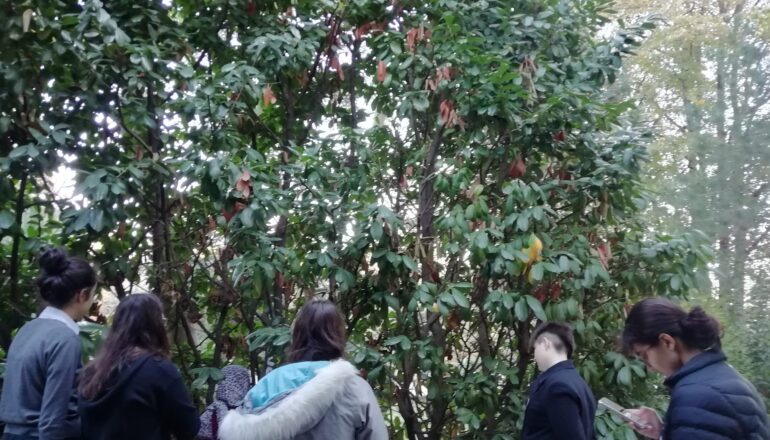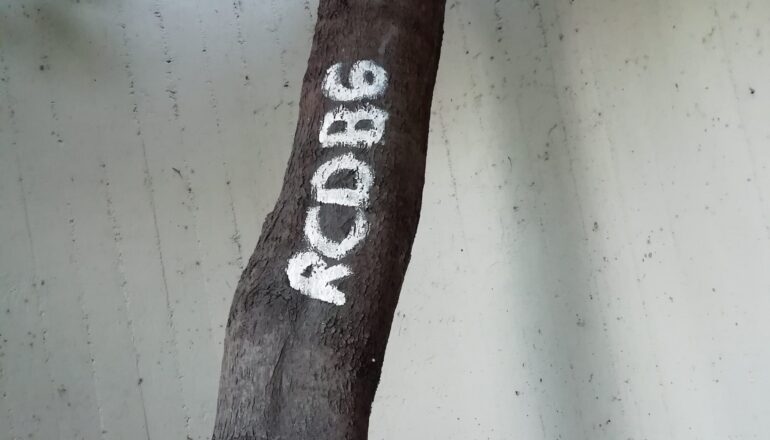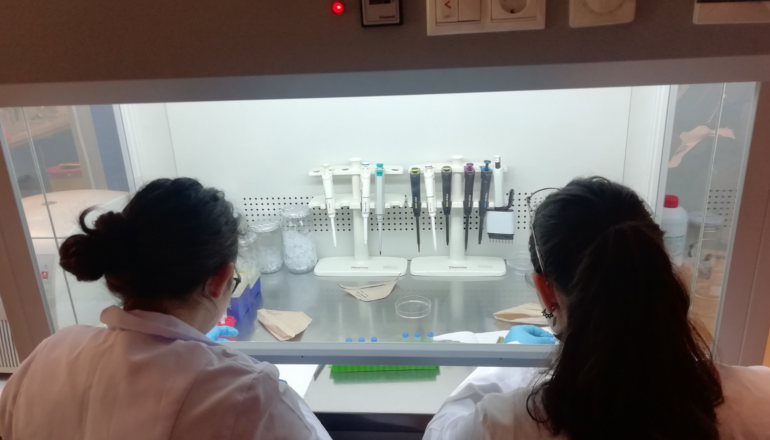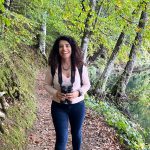Extracting DNA Barcodes of Trees on Robert College Campus
Project Summary:
The DNA Barcoding activity has been implemented worldwide, adapted to environmental education and biology curricula in many places. It is an engaging and enjoyable scientific approach for children, involving them in the scientific production process. It is an interactive method aimed at providing children with an understanding of the nature of scientific research, particularly emphasizing the importance of biodiversity assessment and food security. Food security and biodiversity have been presented as research topics to high school students in many projects in the UK, Canada, and the US, enabling students to gain an ecological, scientific, social, and economic understanding of environmental concepts.
In this project, students participated as scientists by determining the species of trees on their school campuses using the DNA Barcoding method. Forty-eight high school students from Robert College were involved in the project: thirty participated in the leaf collection process on the school campus (data collection phase), and thirty-eight participated in the DNA isolation and barcoding processes in the laboratory (experimental phase).
This citizen science-oriented study provides an excellent example for students to make informed decisions on environmental issues and design solutions in light of technological tools. The goal is to help students understand their critical roles as citizens in environmental and scientific matters and empower them to take responsibility in these areas in the future.
Project Details:
| Work Area | Citizen Science |
|---|---|
| Project Parnets | Robert College |
| Project Coordinator | Gizem YILMAZ |
| Started | 2022 |
| Ended | Working |










